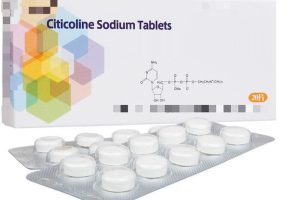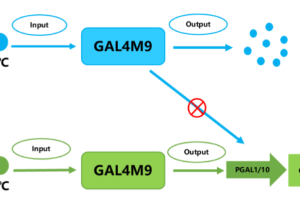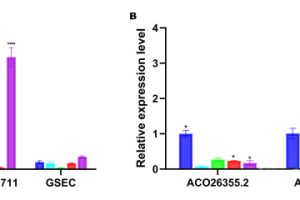Research introduction abstract
This study focused on the role of Citicoline and Coenzyme Q10 in retinopathy.
Retinopathy is a large group of diseases affecting visual function, including glaucoma, diabetic retinopathy and age-related macular degeneration.
These diseases are the leading causes of blindness in the working-age and elderly populations in developed countries. Treatments for these diseases, while diverse, have limited effectiveness, making the search for new therapeutic strategies and drug targets particularly important.
This study comprehensively analyzed the potential role of Citicoline and Coenzyme Q10 in the process of retinal pathology, aiming to provide new ideas for the prevention and treatment of retinal diseases.
Part 1 Research background
The retina is an important structure in the eye responsible for receiving light and converting it into nerve signals.
With the increasing trend of aging population and the popularity of chronic diseases such as diabetes, the incidence of retinopathy is increasing year by year, which has a great impact on the quality of life of patients.
Glaucoma, diabetic retinopathy and age-related macular degeneration are the three most common types of retinopathy. These lesions not only bring great inconvenience to the life of patients, but also bring a heavy economic burden to society and families.
The treatment methods for these retinopathy mainly include drug therapy, laser therapy and surgery. These treatments often have limitations, such as limited therapeutic effect, large side effects, and high costs.
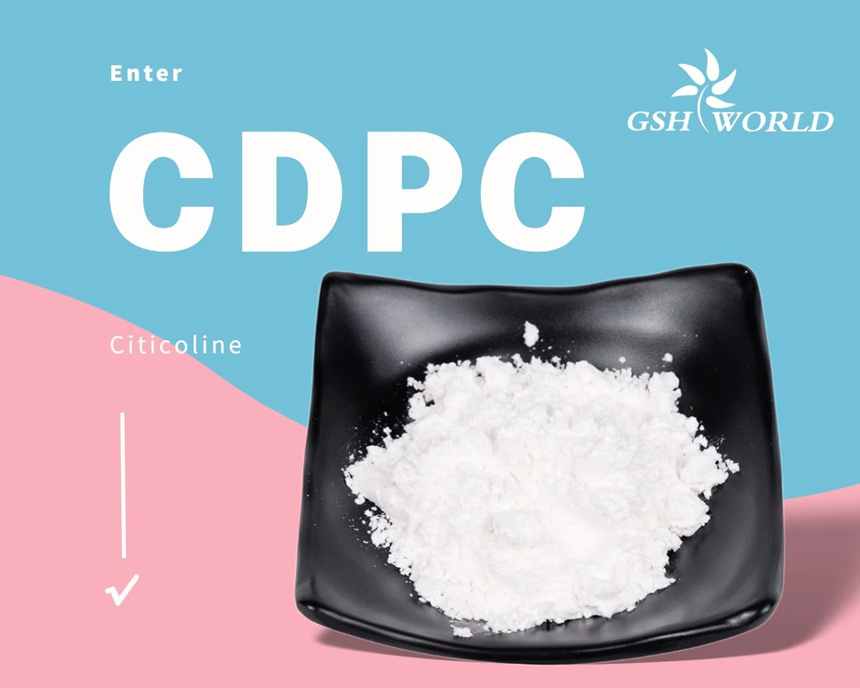
It is of great significance to find new therapeutic methods and strategies for improving the therapeutic effect of retinopathy and the quality of life of patients.
Citicoline and Coenzyme Q10, as two substances with a wide range of biological activities, have shown great potential in neuroprotection and retinal protection in recent years.
Citicoline is a neuroprotective agent that promotes the survival and growth of nerve cells, while Coenzyme Q10 is a powerful antioxidant that reduces oxidative stress damage to retinal cells.
The purpose of this study was to investigate the role of Citicoline and Coenzyme Q10 in retinopathy, in order to provide new ideas and methods for the treatment of retinopathy.
Part 2 Materials and methods
This study uses a variety of advanced research methods, including literature review, experimental design and data analysis.
Through extensive literature review, the researchers sorted out the pathogenesis, treatment and research status of retinopathy, and determined the feasibility and necessity of Citicoline and Coenzyme Q10 as research objects.
The researchers designed a series of experiments, including in vitro and in vivo experiments. In vitro experiments, the researchers used retinal cell models to simulate the pathological process of retinopathy and observe the protective effects of Citicoline and Coenzyme Q10 on retinal cells.
In vivo experiments, the researchers used animal models to further validate the efficacy of Citicoline and Coenzyme Q10 in the treatment of retinopathy.
The researchers analyzed and interpreted the experimental data in detail.
They used statistical methods to process and analyze experimental data to evaluate the therapeutic effects and mechanisms of Citicoline and Coenzyme Q10 in retinopathy.



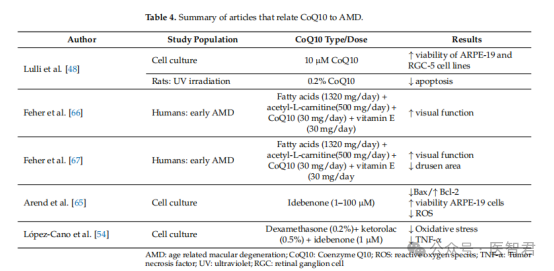


Part 3 Research results
1, The role of Citicoline in retinal protection
The study found that Citicoline protects retinal cells from damage in a variety of ways.
First, Citicoline can promote the synthesis of phospholipids in retinal cells and maintain the integrity and stability of cell membranes.
Secondly, Citicoline can participate in neurotransmitter metabolism and regulate the excitability of retinal cells.
In addition, Citicoline can also enhance the antioxidant capacity of retinal cells and reduce the damage of cells caused by oxidative stress.
2, The role of Coenzyme Q10 in retinal protection
Coenzyme Q10 (Coenzyme Q10) is a powerful antioxidant that plays an important role in retinal protection.
Studies have shown that Coenzyme Q10 (Coenzyme Q10) can remove free radicals in retinal cells and reduce the damage of oxidative stress on cells.
In addition, Coenzyme Q10 (Coenzyme Q10) can also participate in the energy metabolism process of retinal cells, improving the energy supply capacity of cells.
In animal model experiments, the researchers found that Coenzyme Q10 can significantly improve the pathological changes in the retinopathy model and improve the survival and function of retinal cells.
Part 4 Research and discussion
This study comprehensively analyzed the potential role of Citicoline and Coenzyme Q10 in the process of retinal pathology, aiming to provide new ideas for the prevention and treatment of retinal diseases.
The researchers designed a series of experiments, including in vitro and in vivo experiments. In vitro experiments, the researchers used retinal cell models to simulate the pathological process of retinopathy and observe the protective effects of Citicoline and Coenzyme Q10 on retinal cells.
In vivo experiments, the researchers used animal models to further validate the efficacy of Citicoline and Coenzyme Q10 in the treatment of retinopathy.
Part 5 Research conclusion
This study suggests that Citicoline and Coenzyme Q10 have potential therapeutic effects in retinopathy.
Citicoline can protect retinal cells from damage by promoting phospholipid synthesis, participating in neurotransmitter metabolism and enhancing antioxidant capacity.
Coenzyme Q10 protects retinal cells by scavenging free radicals and participating in energy metabolism. These findings provide an important experimental basis and theoretical basis for the development of new treatments for retinopathy.
There are still some limitations in this study.
Due to the limitation of experimental conditions, this study could not fully simulate the complex environment of human retinopathy.
Future studies need to be validated in an environment that more closely resembles what happens in humans.
This study only discussed the mechanism of action of Citicoline and Coenzyme Q10 in retinal protection, and did not evaluate their safety and efficacy in clinical applications.
In the future, we can further explore the specific mechanism of action of citicoline and Coenzyme Q10 in retinopathy, and carry out clinical trials to verify their effectiveness and safety in the treatment of retinopathy.
We can also explore the combination of citicoline and coenzyme Q10 with other drugs in order to achieve better therapeutic effects.
Research review content
In the treatment of retinopathy, Citicoline and coenzyme Q10 have shown significant potential therapeutic value.
Citichocholine maintains and repairs the structure and function of retinal cell membrane by promoting phospholipid synthesis.
Its regulatory effect on neurotransmitter metabolism can improve the efficiency of retinal information transmission and protect retinal function.
Citicoline also has antioxidant properties, effectively scavenging free radicals and reducing the damage of retinal cells caused by oxidative stress. As a highly effective antioxidant, Coenzyme Q10 has a remarkable ability to remove free radicals, which can effectively reduce the negative effects of oxidative stress on retinal cells.
The core role of Coenzyme Q10 in the process of cell energy metabolism can improve the energy level of retinal cells, enhance their metabolic capacity, and form effective protection for retinal cells.
In summary, citicoline and coenzyme Q10 can play a significant preventive and therapeutic effect on retinopathy through a variety of mechanisms, and form an effective protection of retinal function.
The clinical value of these findings still needs to be further validated through in-depth clinical studies to evaluate the efficacy and safety of treatment in the patient population.
Literature source:
García-López, C.; García-López, V.; Matamoros, J.A.; Fernández-Albarral, J.A.; Salobrar-García, E.; de Hoz, R.; López-Cuenca, I.; Sánchez-Puebla, L.; Ramírez, J.M.; Ramírez, A.I.; et al. The Role of Citicoline and Coenzyme Q10 in Retinal Pathology. Int. J. Mol. Sci. 2023, 24, 5072. https://doi.org/10.3390/ijms24065072



